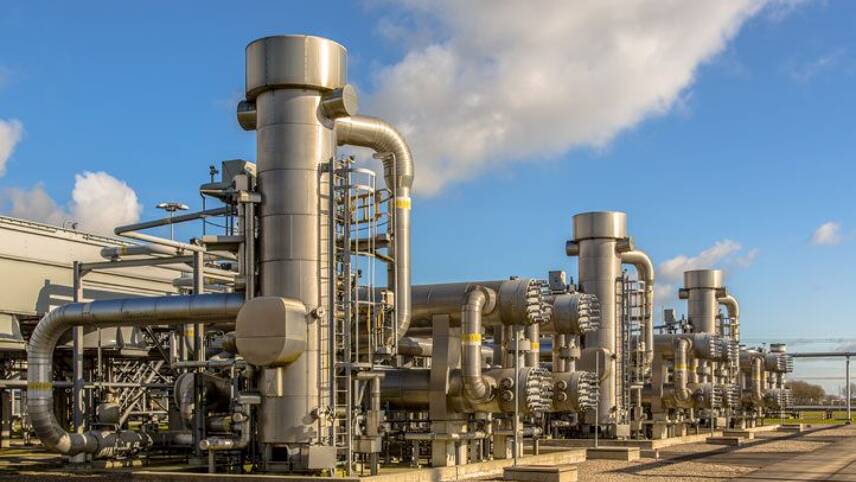Register for free and continue reading
Join our growing army of changemakers and get unlimited access to our premium content

Support continues for fossil gas amongst many member states and politicians
Fossil gas consumption needs to decline 36% from 2020 to 2030, according to the European Commission, but the planned public and private investment would see an increase of 35% from the current import capacity.
If the investment plans are implemented, the EU risks locking itself into a more polluting future or wasting billions on infrastructure, like pipelines, which have a lifespan of around 50 years, warns the report by the think tank Global Energy Monitor.
“The EU’s ambitious climate targets require gas consumption to drop sharply by 2030 and continue dropping through 2050. So the EU is likely to overshoot its ambitious climate targets –or to wind up spending billions of euros on gas infrastructure that isn’t needed,” said Mason Inman, lead report author and oil and gas programme director at Global Energy Monitor.
Natural gas – or methane – is often viewed as the transition energy in the EU for coal-reliant countries to shift to renewables, but it still produces CO2 when burnt. Methane leaks are also considerably more damaging to the atmosphere than CO2 in the short term.
Laurence Tubiana, CEO of the European Climate Foundation, said that “with the EU Green Deal and the 55% target, natural gas demand in Europe needs to start declining today, otherwise we risk wasting billions of private and public funding on stranded assets”.
“The fossil fuel era has passed – we must invest crucial public resources into reliable and cheap renewable energy that is ready today”.
The report follows an analysis published last year by the energy modelling consultancy, Artelys, which found the EU already has enough infrastructure to safeguard the security of supply.
It also found that, while hydrogen will play an important role in decarbonising hard to electrify sectors, this only requires limited, targeted investments, costing around €15-25 billion.
However, support continues for fossil gas amongst many member states and politicians, who continue to call for new, often ‘hydrogen ready’, infrastructure.
“When we look to the climate urgency and we look to the carbon budgets, which are left globally and also in the EU, basically there is no space for something which the gas industry would call an ‘energy transition’ – a smooth transition taking several decades,” said Claude Turmes, Luxembourg’s energy minister.
Renewable energy, particularly offshore wind, is already a good alternative in central and eastern European countries, he added but warned there needs to be the political will and a breakaway from the fossil fuel lobby.
“It’s not an issue of what is possible. It’s an issue of who is in the driving seat and where are the political majorities to drive solution,” he said.
The gas industry also continues to lobby for new pipelines. Many argue that these pipelines can be used to transport hydrogen in the future, but pipelines can currently only carry up to 10% hydrogen without needing significant retrofitting.
Kira Taylor, EurActiv.com
This article first appeared on EurActiv.com, an edie content partner


Please login or Register to leave a comment.